Understanding Accommodative Esotropia: A Common Vision Issue in Children
Accommodative esotropia is a common eye condition that affects young children, causing one eye to turn inward toward the nose. This misalignment can impact a child’s self-esteem, ability to focus in school, and overall development. For parents, it can be concerning to see their child struggle with vision issues. Fortunately, accommodative esotropia is one of the most easily treatable pediatric eye conditions.
Who Is Affected by Accommodative Esotropia?
Accommodative esotropia typically develops in children between the ages of two and four, though it can appear anytime from infancy to late childhood. Approximately one in 50 children experiences this condition. Certain factors may increase a child’s risk, including:
- Family history – Children with parents or siblings who have had accommodative esotropia are more likely to develop it.
- Childhood illness or trauma – Medical conditions, including high fever, infections, or head trauma, can contribute to the condition.
- Neurological conditions – Conditions such as excess fluid in the brain (hydrocephalus) may play a role.
- Premature birth – Babies born prematurely may be at higher risk.
Most children with accommodative esotropia also have farsightedness (hyperopia), which makes it difficult to see objects up close.
Symptoms of Accommodative Esotropia
The condition occurs when the eyes fail to properly converge (move together) when switching focus from distant to near objects. This misalignment causes one or both eyes to turn inward. Signs to look for include:
- Inward turning of one or both eyes (especially when looking at close objects)
- Squinting or closing one eye to improve focus
- Double vision
- Eye fatigue or frequent headaches
- Difficulty reading or focusing on near tasks
- Poor depth perception
Many children with accommodative esotropia may not express that something is wrong with their vision. Instead, parents might notice behavioral changes such as frustration with reading, difficulty concentrating, or closing one eye while focusing.
Diagnosing Accommodative Esotropia
An optometrist can diagnose accommodative esotropia through a comprehensive pediatric eye exam. The Canadian Association of Optometrists recommends that children have their first complete eye exam by age three and continue with annual eye exams to monitor their vision health. Early diagnosis and treatment are key to preventing long-term complications.
Treatment Options for Accommodative Esotropia
The good news is that accommodative esotropia is treatable. Depending on the severity of the condition, an optometrist may recommend one or a combination of the following treatments:
- Prescription eyeglasses – The most common and effective treatment is wearing glasses, often with bifocal or progressive lenses, to correct farsightedness and improve eye alignment. Many children experience significant improvement simply by wearing the right prescription.
- Vision therapy – A structured program of exercises that trains the brain and eyes to work together more effectively. This approach can help strengthen the eye muscles and improve focus.
- Surgery – In rare cases where glasses or therapy aren’t enough, eye muscle surgery may be required to adjust the length of the eye muscles and correct the misalignment.
Pediatric Eye Care in Edmonton
If you suspect your child may have accommodative esotropia or another vision issue, it’s important to have them assessed by an optometrist. At Optometrists’ Clinic Inc., we specialize in pediatric eye exams and offer treatments for children’s vision conditions, including accommodative esotropia, myopia, and amblyopia. We also carry a wide range of stylish and durable children’s eyewear to ensure your child gets the best vision correction possible.
Schedule a pediatric eye exam today at one of our convenient locations in Edmonton, Leduc, or Westlock. Contact us to book an appointment and help your child see clearly and confidently.




